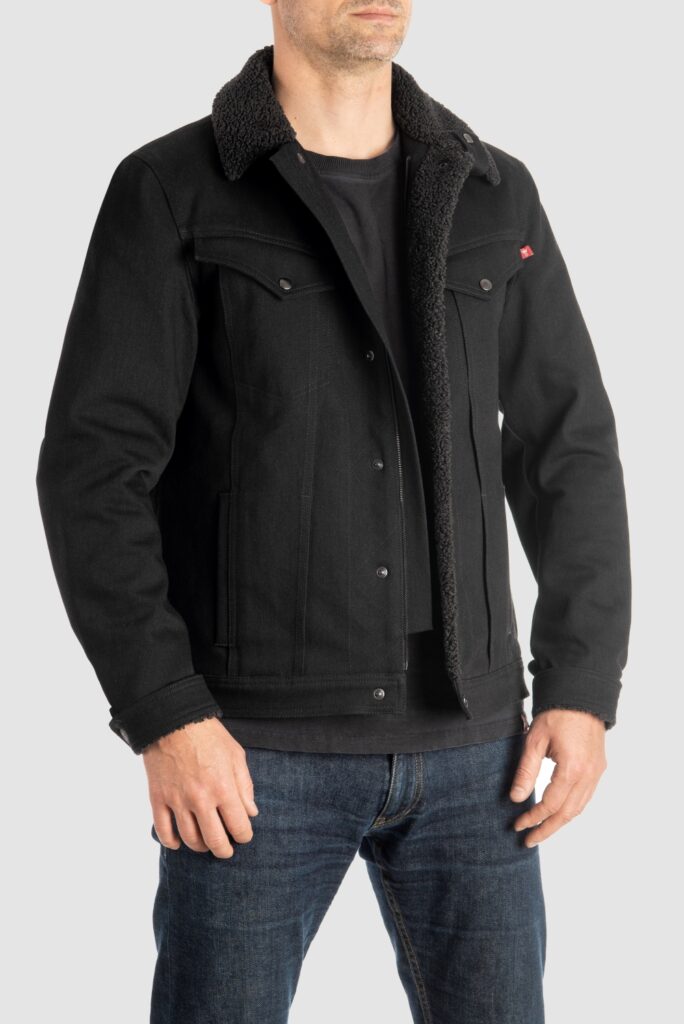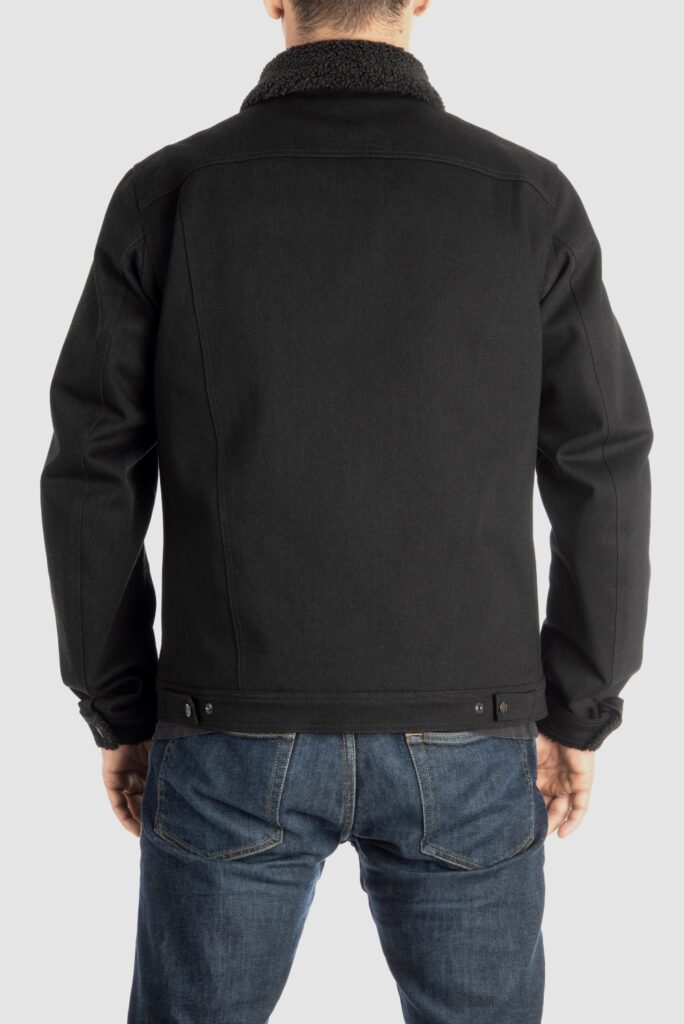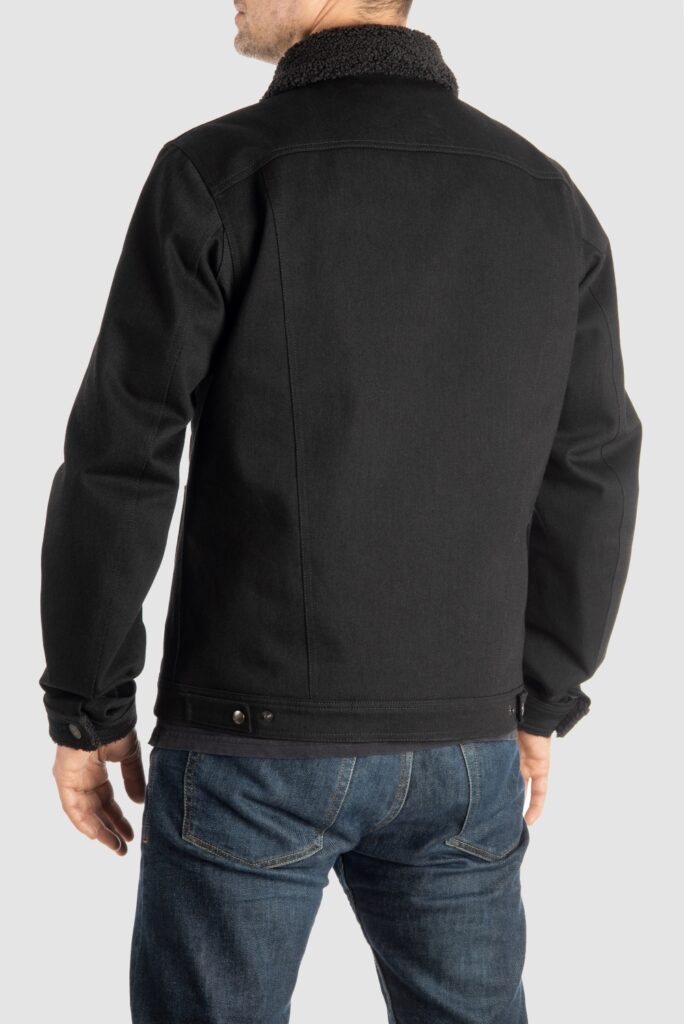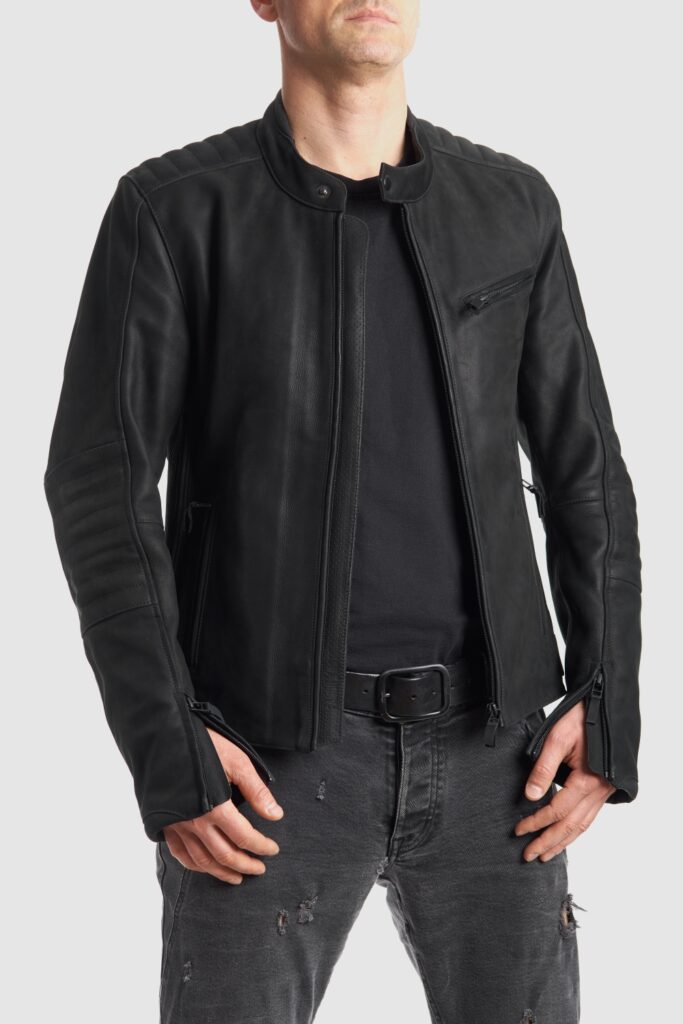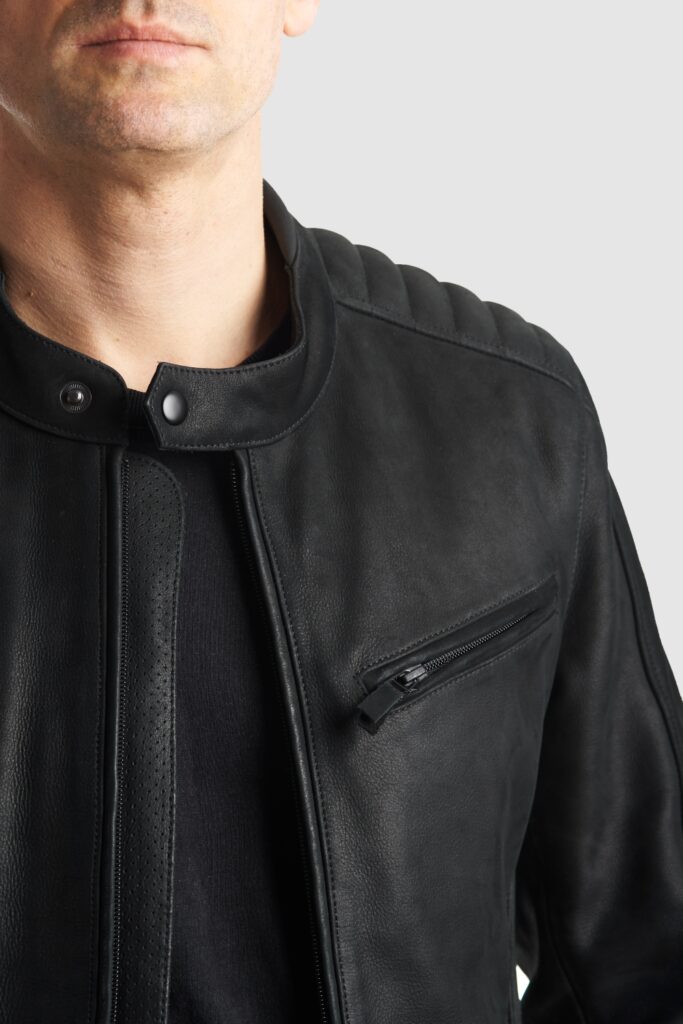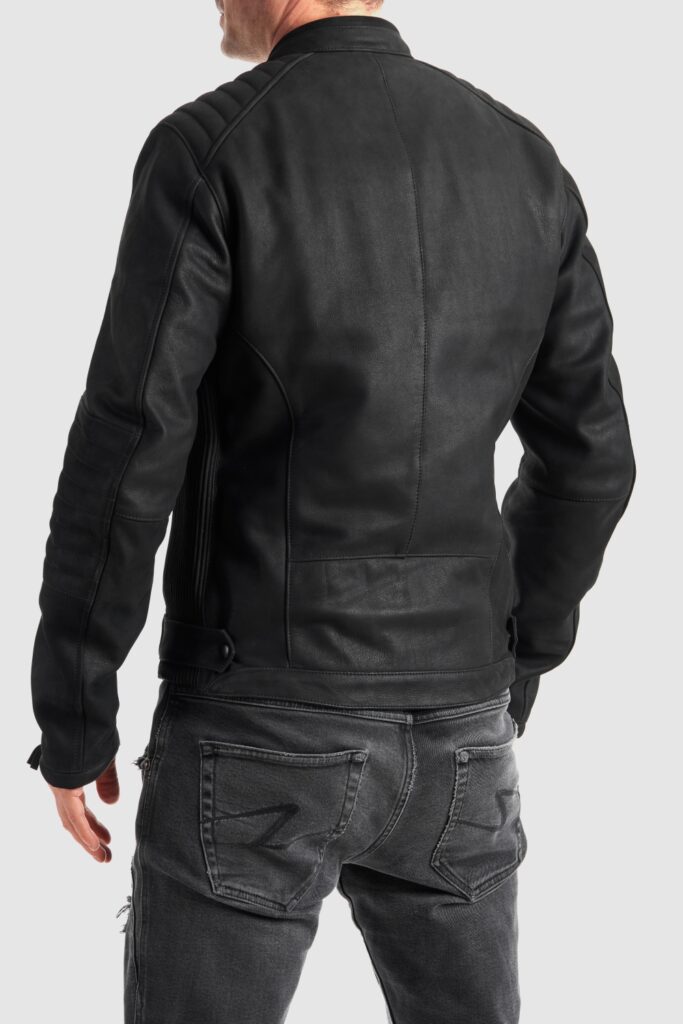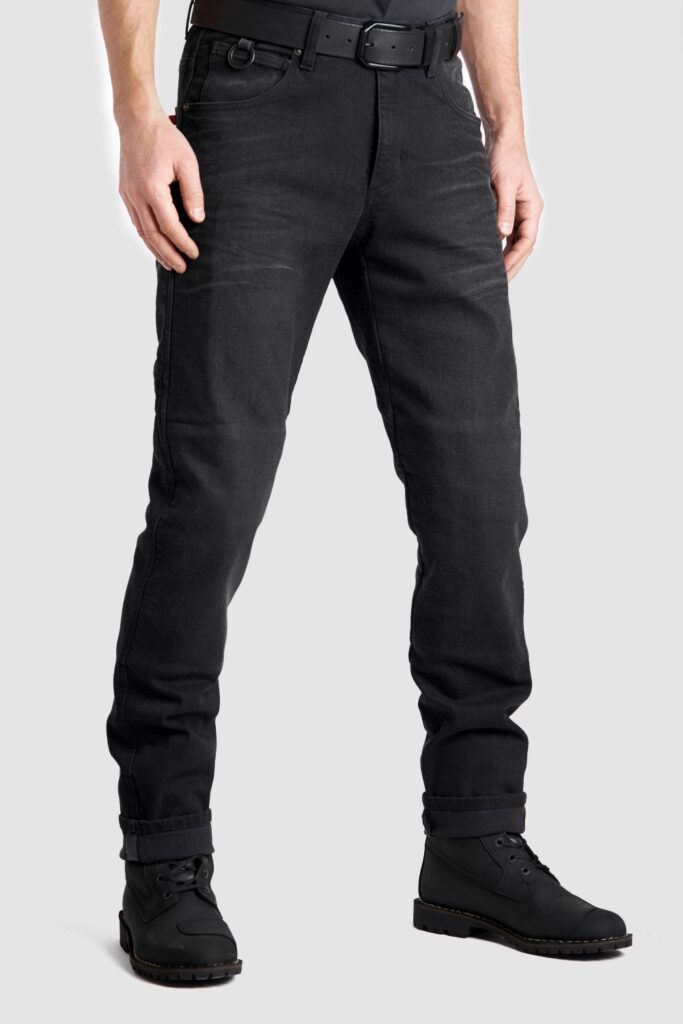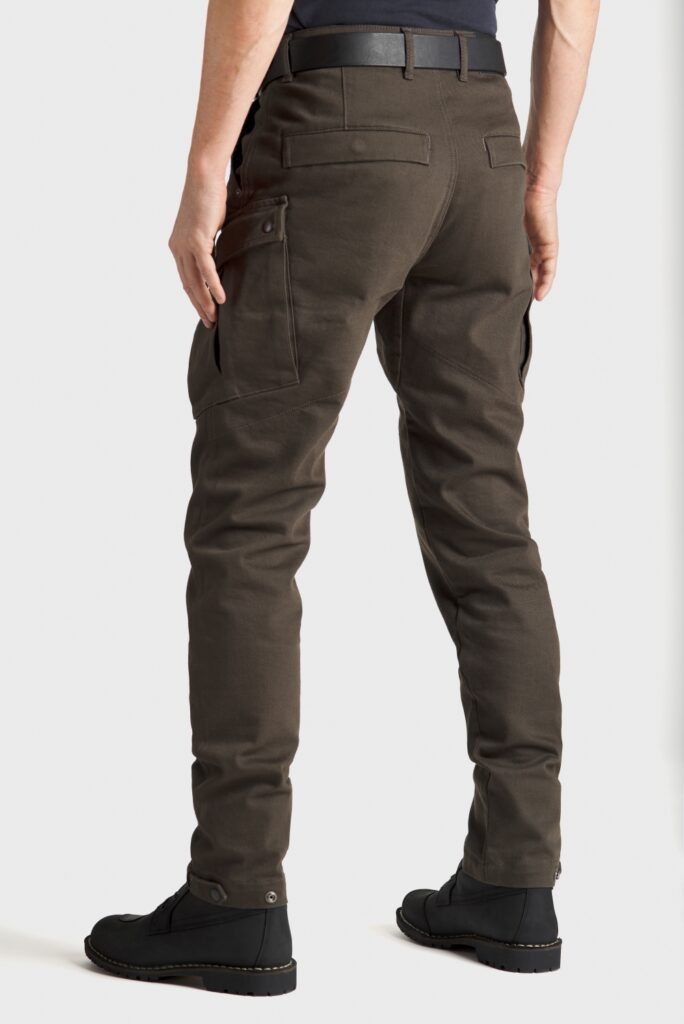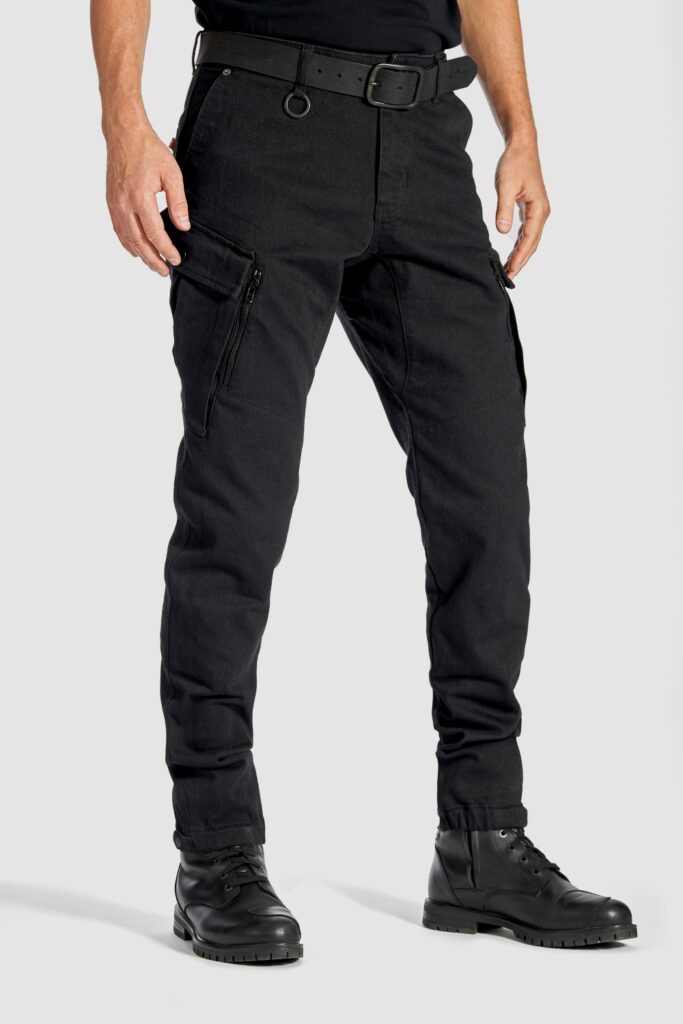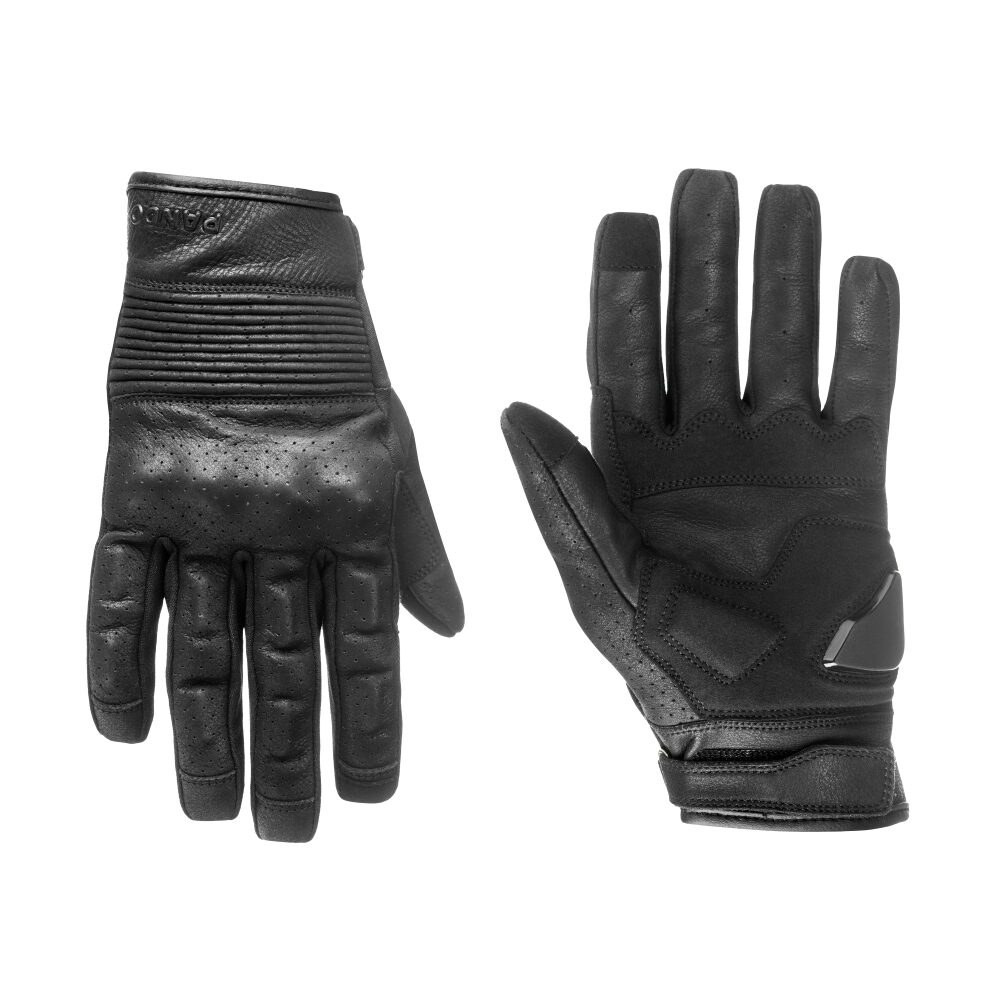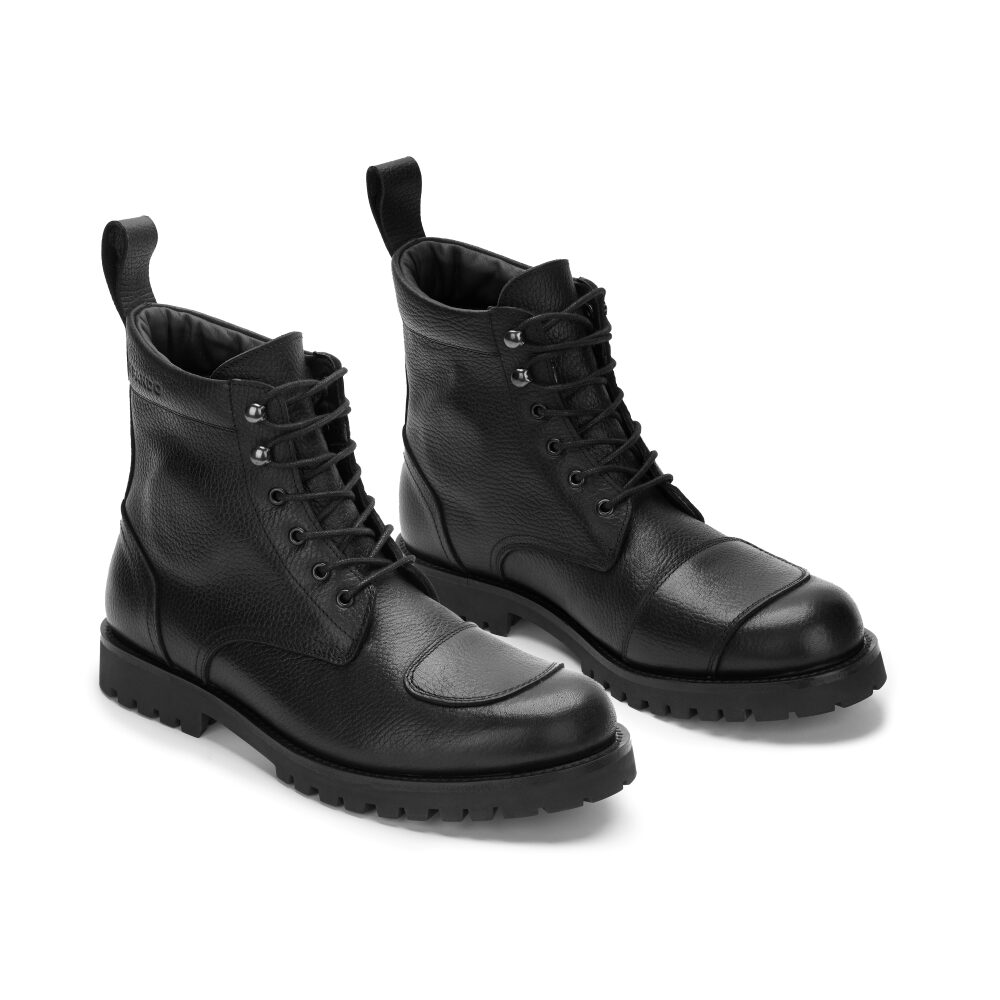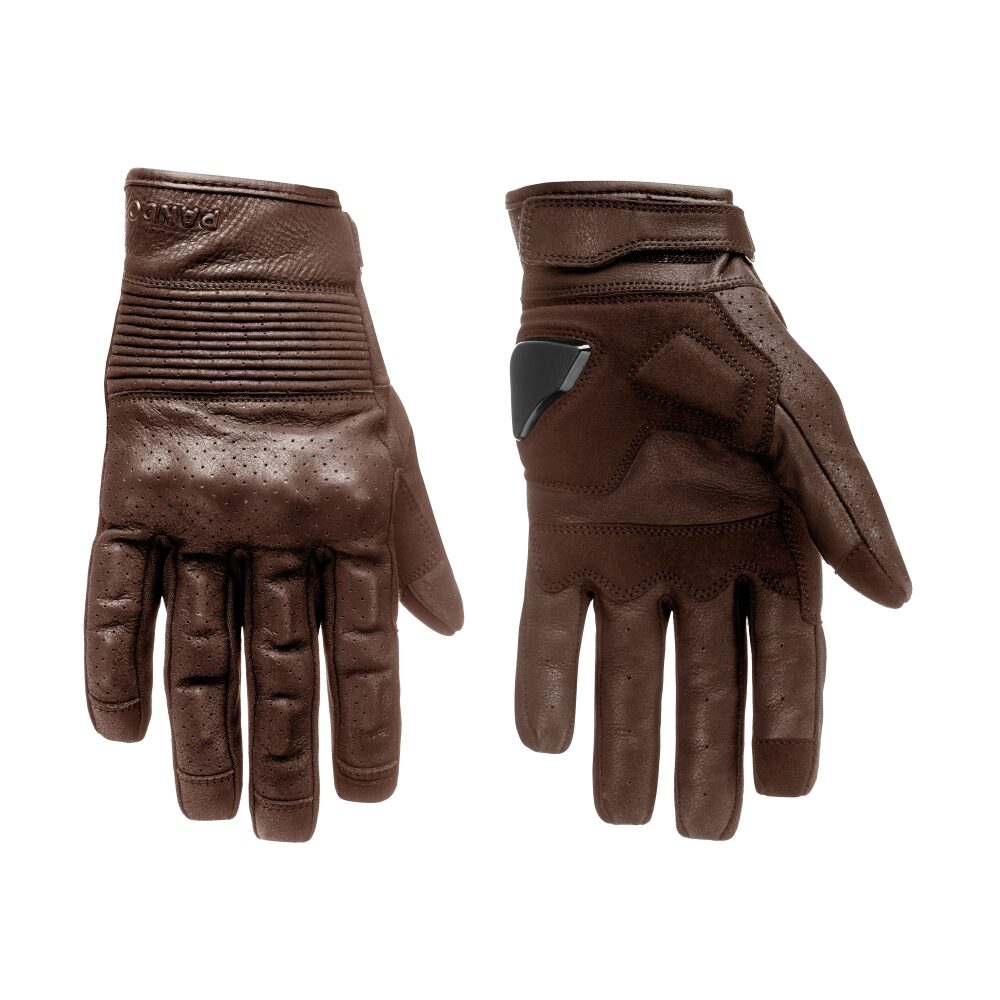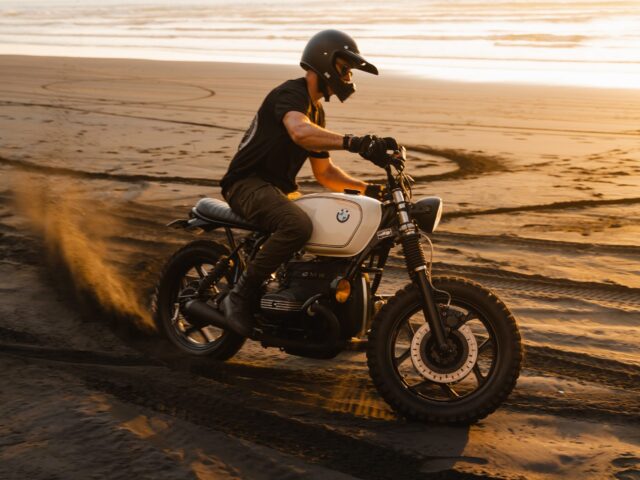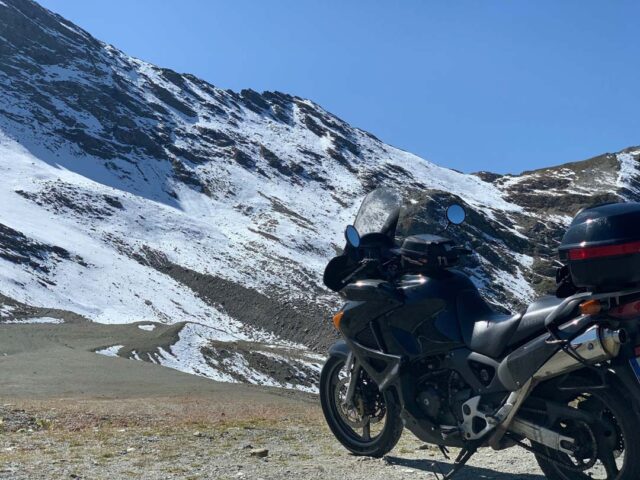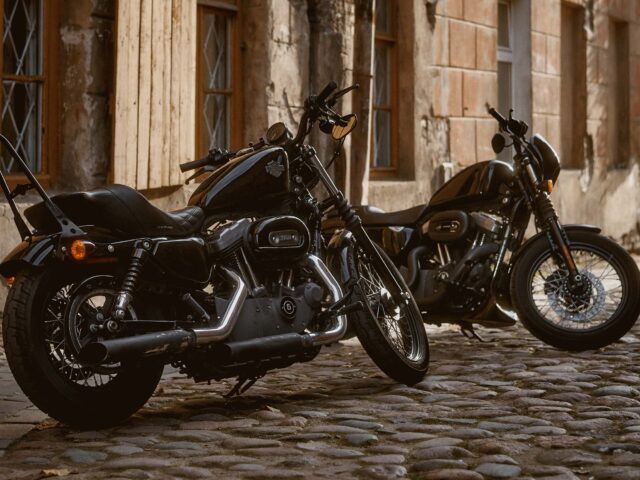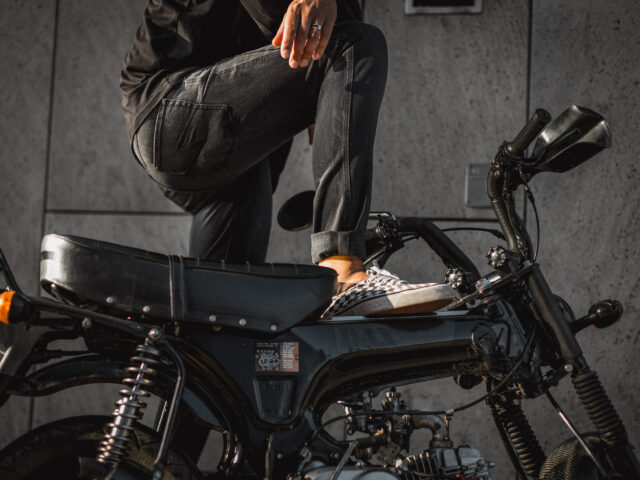The Road to Safer Riding: Why Motorcycle Accidents Happen and How to Prevent Them
March 06, 2024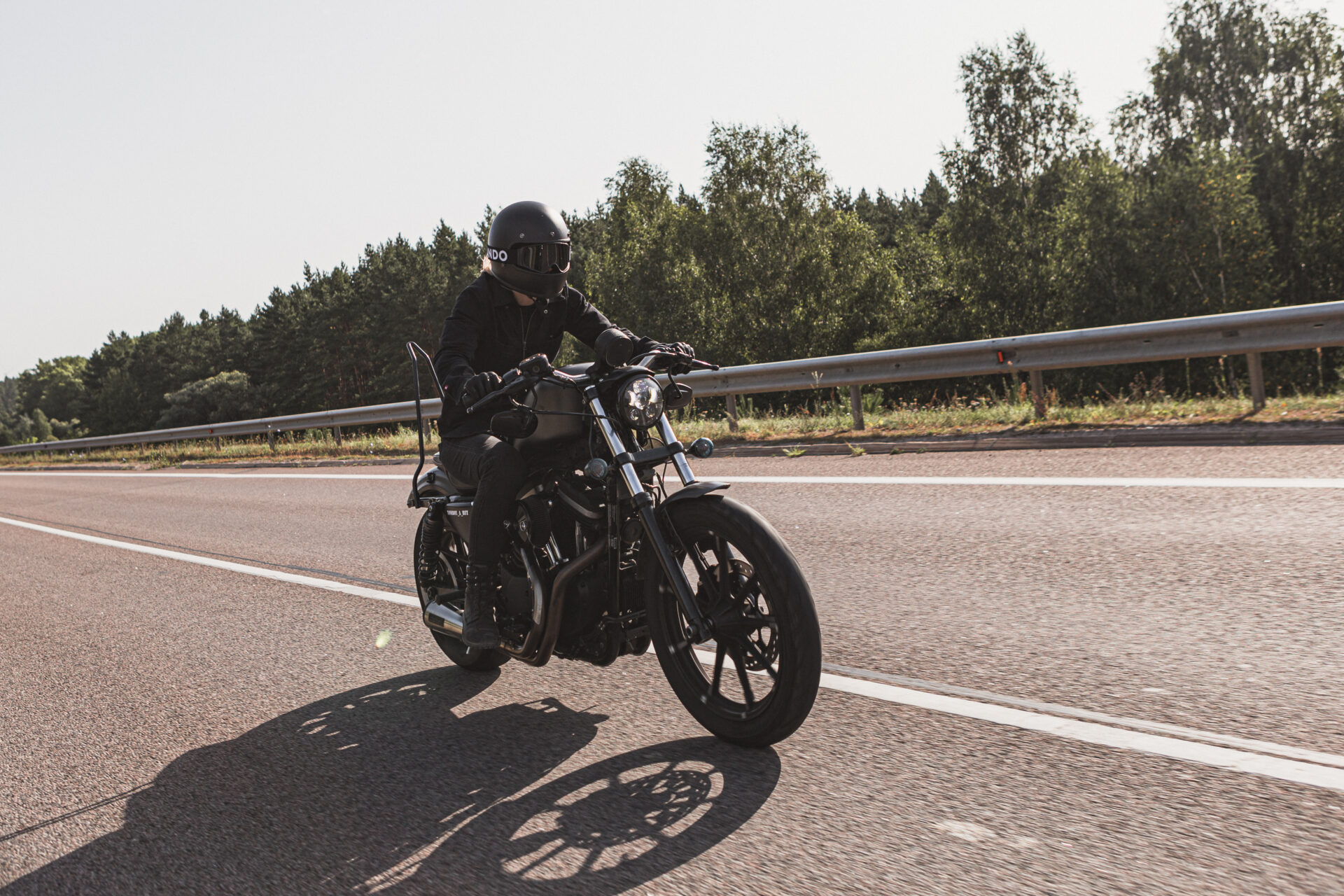
Motorcycle accidents are never a fun topic – as riders, we prefer talking about bike mods, weekend getaway routes, and the freedom motorcycling gives us instead. However, let’s face it: riding comes with certain risks, and knowing the most common causes and reasons why motorcycle accidents happen can help us minimize the chances of ending the rubber side up.
According to the European Commission’s latest publication, “Motorcyclists: Traffic Safety Basic Facts“, 16% of all road accident fatalities in the EU countries in 2020 were motorcycle riders. Sobering statistics aside, the report delves into a comprehensive analysis of key contributing factors, causes, and sets of circumstances where motorcycle-related accidents result in fatalities and severe injuries.
So why do motorcycle accidents happen, what are the latest stats, and what’s the best way to keep safe on the road?
Let’s dive right in.
Accident Statistics
According to the EC’s 2023 report, 2020 saw 3,042 motorcycle accident fatalities across the European Union. 9 out of 10 fatal crashes involved male riders, and the overwhelming majority were between 25 and 64 years old. Owch.
Among the top five countries with the most motorcycle fatalities, France and Italy have motorcycle mortality rates exceeding the EU average, while Greece stands out with the highest motorcycle mortality rate. Generally, motorcycle mortality rates trend higher in the southern regions of the EU compared to other areas.
Conversely, several countries exhibit notably lower rates, including Lithuania, Latvia, Estonia, Bulgaria, Romania, the Netherlands, Finland, Sweden, and Denmark. These nations showcase a contrasting landscape in terms of motorcycle and moped fatalities, underscoring the varied safety profiles across different regions of the EU.
The report notes that 94% of the fatalities involved the rider: pillion passengers, it appears, have higher chances of surviving in a serious crash.
In terms of timing, motorcyclists are more likely to experience fatal crashes during the daytime on weekends, whereas the risk diminishes during the morning hours on weekdays. The winter months see fewer accidents, but there is a notable increase during the spring and summer seasons. A significantly greater proportion of motorcyclists are engaged in fatal crashes during the daytime on weekends; however, during the working week, their involvement in fatal crashes decreases in the morning but remains consistent in the afternoon compared to overall road fatalities.
Does all of this data mean that you’re safest on the road if you’re a Swedish female pillion rider on a weekday commute in February? Not quite: the bare-bones statistics about motorcycle accidents don’t paint the entire picture.
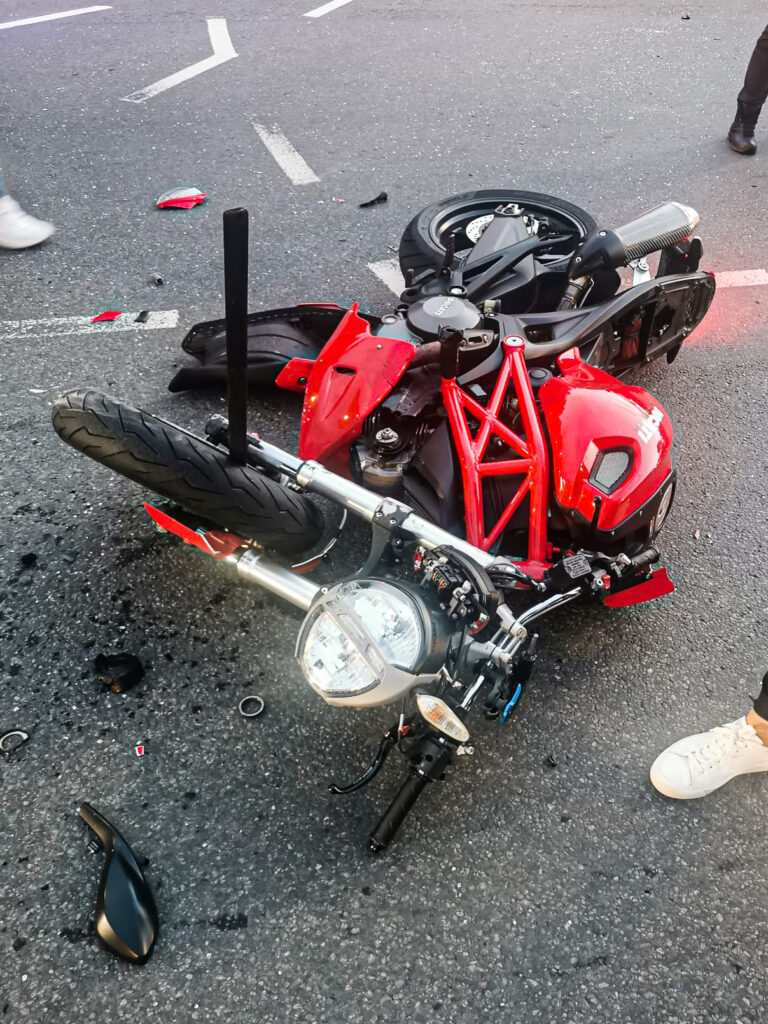
Why We Crash: Understanding the Causes
The EC’s report mentions several major factors contributing to motorcycle accidents. It’s not just when, it’s where: in 2020, rural roads accounted for 54% of fatalities among motorcyclists (compared to 39% on urban roads). Among all road fatalities, 76% occurred on road stretches rather than city environments.
FEMA (Federation of European Motorcyclists’ Associations) notes that road curves are among the most common reasons for fatal crashes: in most cases, it’s high speeds on bends that cause riders to swerve into the opposite lane and collide with oncoming traffic or roadside obstacles like barriers, trees, or poles. Loss of traction (gravel, oil spills, and the like) is a contributing factor, as is lower visibility due to weather conditions. Rider skills, however, are the main element here: misjudging the corner, swerving, and poor control are all risk factors.
Finally, FEMA points out that intersections are often a key location for crashes: head-on collisions with oncoming vehicles, especially when car or truck drivers turn in front of the motorcycle rider, are not uncommon.
Accidents happen on straight roads, too, however. According to FEMA, poor road conditions and excessive speed are the main culprits, and risk of serious injury increases when there are roadside obstacles like barriers, guardrails, or trees. Another type of motorcycle accident is a rider crashing into the rear of a suddenly slowing or braking vehicle in the same lane.
If that wasn’t overwhelming enough, the European Commission report identifies several more common causes of motorcycle accidents:
Alcohol and Drugs
Impaired riding due to alcohol or drug consumption remains a serious concern. Substances impair cognitive functions and diminish a rider’s ability to maintain control, leading to devastating consequences on the road. In other words, get a zero beer at lunch – or stick with coffee.
Inadequate Training
Insufficient training and experience exacerbate the likelihood of accidents among motorcyclists. Mastery of basic riding skills and awareness of road hazards are essential for safe navigation, so don’t skip school and practice as much as you can.
Vulnerable Road Users
Motorcyclists are particularly vulnerable when sharing the road with larger vehicles. Inattentiveness or negligence by other road users can result in collisions, often with fatal outcomes for riders. Watch out for careless drivers!
Weather
Interestingly, weather conditions play a small role in motorcycle accidents. According to FEMA, surface conditions were dry in the case of 75% of all road fatalities and wet for merely 20% of them; only 1% of them occurred when the surface conditions snowy, frosty or icy. However, this may be due to the simple fact that riders generally prefer sunny, warm, and dry weather for riding.
Speed
FEMA warns that excessive speed doesn’t merely increase the probability of an accident: it also contributes to the severity of injuries.
“A study based on motorcycle injury crashes from the German In-Depth Accident Study (GIDAS) database found a strong relationship between relative speed and injury severity in motorcycle crashes. At 70 km/h, the risk for serious and fatal injuries in collisions with wide objects, crash barriers and narrow objects was 20%, 51%, and 64%, respectively. Head-on collisions between motorcycles and cars, traveling at 60 km/h present a 55% risk of a fatal or serious injury to the motorcyclist”, FEMA concludes. In other words, keep that throttle steady, especially in corners.
Motorcycle Road Safety
As riders, we can’t control the road conditions or the behavior of other drivers. We can, however, make sure we’re staying safe – from adequate rider training and skill building to safer motorcycles with built-in ABS and traction control systems, there’s plenty you can do to minimize your risk of crashing.
Adding auxiliary lights and wearing high-vis gear will increase your visibility to other traffic; skipping that beer at lunch, staying alert, and riding aggressively will help you stay focused and avoid rookie mistakes. Finally, avoiding riding in the dark or wet conditions will minimize risk – and, let’s face it, no one enjoys eating up highway miles in the rain past sundown. However, even the most experienced veteran riders are still at risk of crashing. It can happen on a quiet afternoon entering a roundabout; a careless driver can unexpectedly turn right in front of you. No one is completely protected from motorcycle accidents, but if there’s one thing you can utilize to minimize the risk of serious injury, it’s your gear.
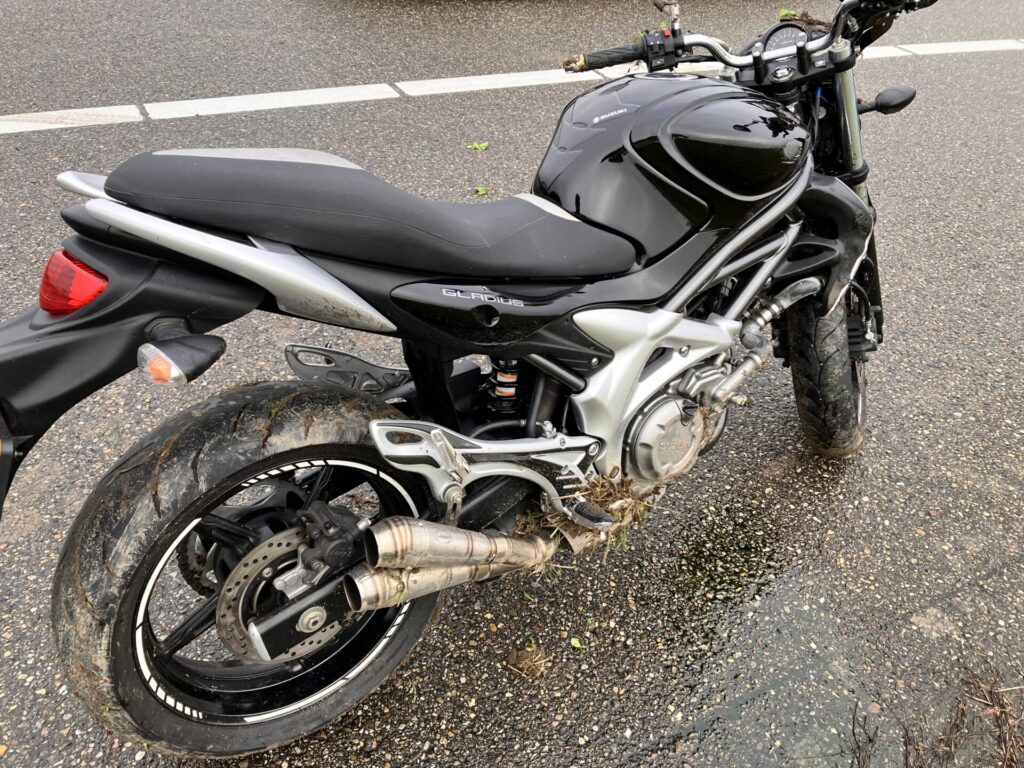
Protective Motorcycle Gear
Needless to say, a good-quality helmet is a must, and unlike some of the American states, Europe has helmet laws in place across the entire continent. However, a decent helmet is just one part of the picture.
Wearing a protective jacket and pants is just as crucial. Don’t be fooled by fashion retailers selling motorcycle jackets that may look cool but offer no real protection: shop for gear in specialized stores offering good-quality, well-made motorcycle apparel made from fabrics like Cordura or Dyneema specifically designed for tear and abrasion resistance.
Next up, check whether your gear has quality armor at the back, shoulders, elbows, hips, and knees. D30 armor is your best bet, and for maximum safety, look for CE Level 1/Level 2 labels guaranteeing European motorcycle gear safety standards. If these abbreviations sound confusing, check out our moto gear guide for beginners – choosing gear that works is your best bet when it comes to safe riding.
Motorcycle Jackets
When shopping for a motorcycle jacket, look for solid, well-designed apparel that offers excellent protection. Our Husky Jacket ticks all the boxes – made from premium Cordura fabric with high quality armor, this jacket is breathable and lightweight while providing exceptional safety.
Like your leathers? Leather is a fantastic protective gear fabric, but be sure to choose quality over low pricing: something like the Pando Moto TATAMI jacket made from thick, high caliber leather and reinforced with D30 armor will keep you both stylish and safe.
Motorcycle Pants
Think you can just throw a pair of jeans on and ride? Think again: sliding on the tarmac at high speed wearing simple denim is a recipe for disaster. Much like motorcycle jackets, motorcycle pants should be made from high-quality, tear and abrasion-resistant fabrics and have armor pads at the hips and knees. Pando’s Boss Dyn and cargo-style Mark Kev jeans fit the bill whether you’re cruising around town or heading out for a weekend getaway.
Motorcycle Boots and Gloves
The final piece of the puzzle is motorcycle boots and gloves. Doc Martens won’t do: you need sturdy, over-the-ankle kicks like Tabi Boots with sufficient protection to keep your feet and ankles safe if you ever find yourself rubber side up.
Then, there’s gloves. Imagine yourself tipping over: what’s the first thing you do to break the fall? That’s right, stick out your hands, and that’s why a pair of quality protective mitts like the Onyx Gloves is your best bet.
Ride Safe
Motorcycle accident statistics aren’t among the most pleasant topics of conversation, but being informed means you’ll be safer out on that open road. As riders, we navigate unique challenges and risks car drivers do not face, and sometimes, split-second decisions can mean the difference between life and death.
According to the EC’s report, 2020 alone saw over 3,000 motorcycle accident fatalities in the European Union. Most motorcycle accidents happen on rural roads rather than urban settings, and intersections along with road curves appear to be among the riskiest spots. Whether it’s careless car drivers or your own speed and lack of skill, coming in hot at an intersection or flying into bends too fast can result in severe injuries or worse.
As for the timing, the EC’s report highlights spring and summer seasons as well as weekends to be far more dangerous than, say, weekday mornings or the fall and winter months.
Finally, it’s down to motorcyclists themselves to ride responsibly: excessive speed, poor skills and lack of training, and riding under the influence of alcohol or other substances are all contributing factors to motorcycle accidents.
One last piece of the puzzle in staying safe is adequate riding gear. Investing in high-quality protective gear can make all the difference between walking away unscathed or ending up with serious consequences.
Ride smart, ride safe, and most importantly, gear up!
